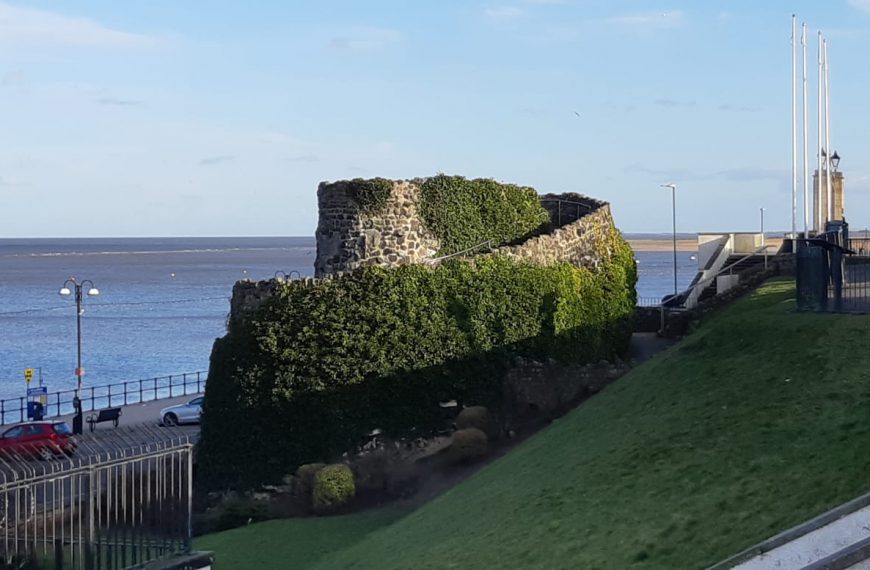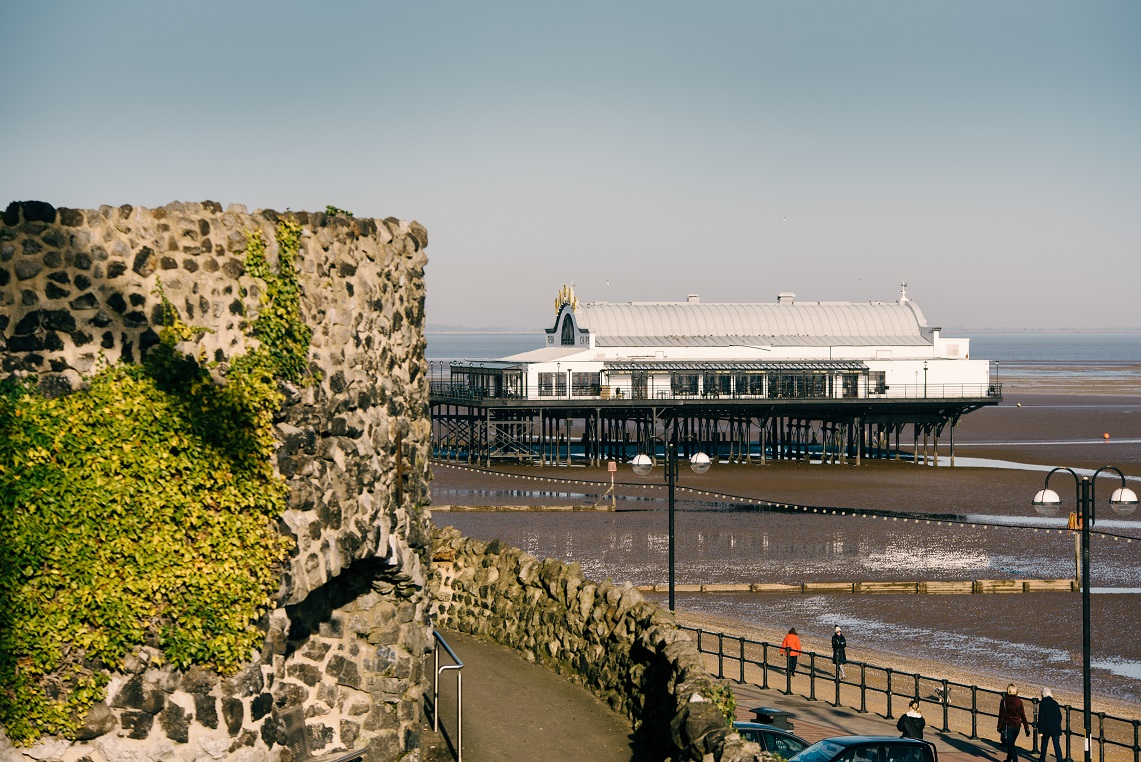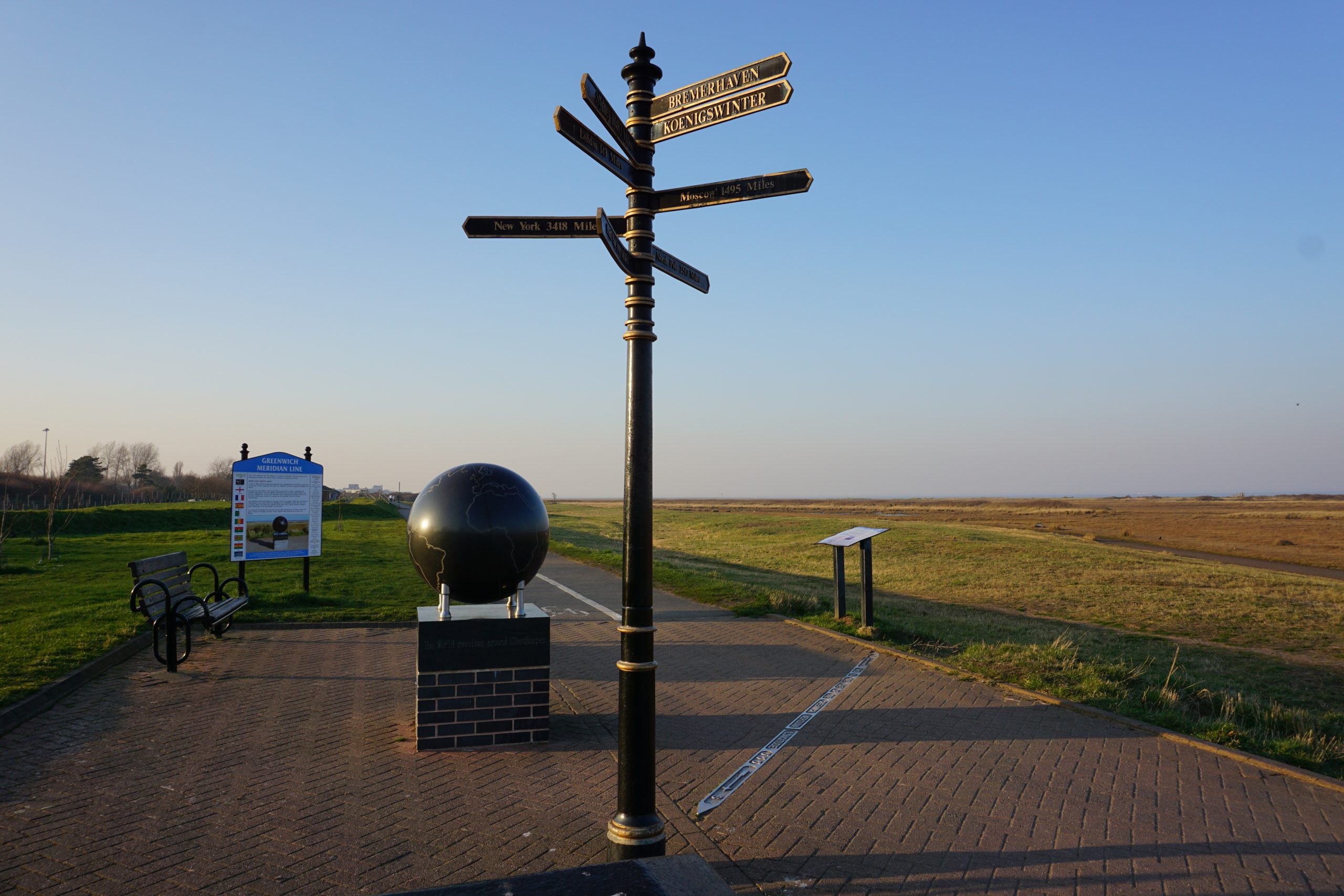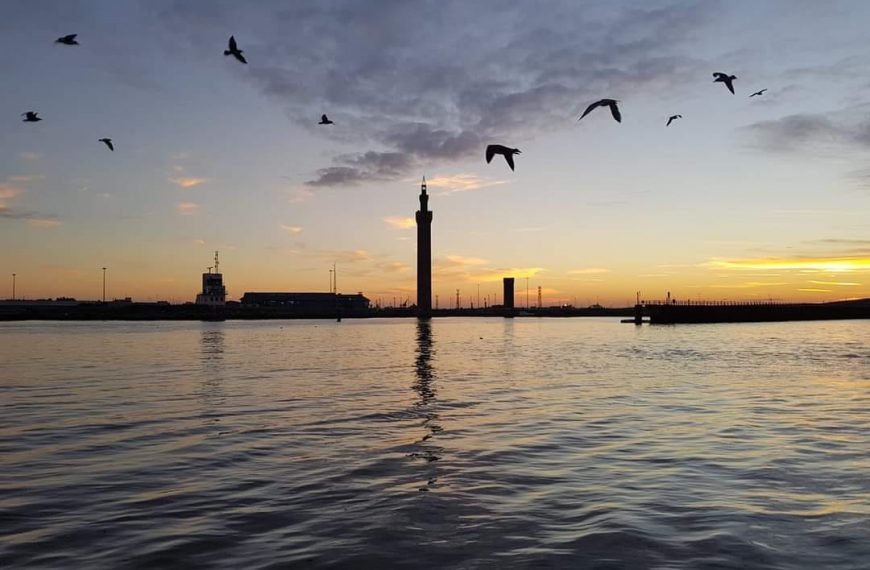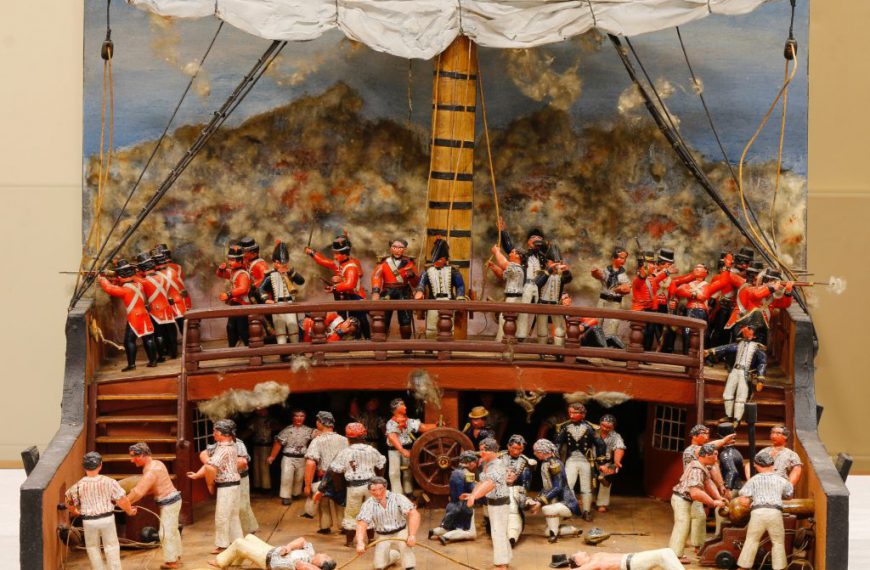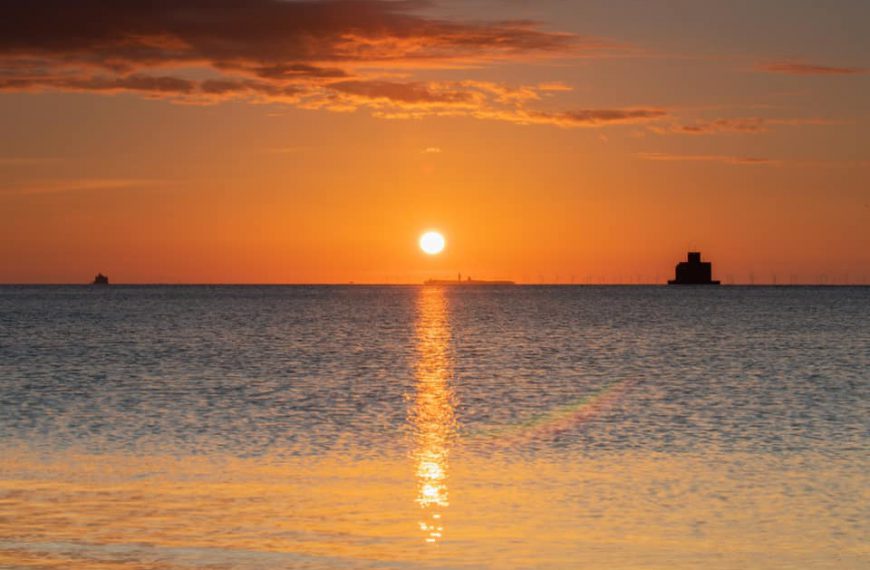History of Cleethorpes
Cleethorpes was once made up of three small hamlets – Itterby, Oole and Thrunscoe which were part of a wider parish called Clee. Clee was a settlement in the Domesday Book, as was Thrunscoe and Itterby, and existed at the time of the Norman conquest. Clee, meaning clay or clayey soil and Thorpe, a term derived from an old Danish word meaning secondary or outlying settlement.
These settlements existed as small fishing villages, famous for its oysters which were sold by sellers outside pubs and manned stalls along the coast.
In the 19th century, sea-bathing and the taking of medicinal waters became fashionable and this growth in the popularity of seaside holidays and the advent of the railways helped these two small hamlets expand into one another forming what we now know as modern day Cleethorpes. The Manchester, Sheffield and Lincolnshire Railway Company officially opened the line to Cleethorpes in 1863, having brought the railway to Grimsby in 1848. Initially, the track to cleethorpes was single but this was doubled in 1874. The railway station still stands in the same place. The original Railway Refreshment Room dates to 1884 and is now the Mermaid Café. There was once an archway which framed the glorious view of the sea and what awaited the eager visitors to Cleethorpes.
Cleethorpes Pier was opened in 1873 by a Mr Grant Thorold of Weelsby. At that time the structure was 370 metres long and supported by cast iron cylindrical columns. The deck constructed of pitch pine had a 800-capacity concert hall at the end.
In 1903 the pier head concert hall was destroyed by fire. A pavilion was built near the shore in 1905 and a café and shops on the site of the original building. During the war a hole was blasted in the decking to prevent the structure being accessed by Germans who may arrive by boat. The remains of the pier were finally taken down years later, and sold by the Council. Some of the material went to Filbert Street, the home of Leicester City Football Club.
In 1968 it was modernised to include a 600-seat concert hall, café and bar. It was transformed again in 1985 and the Pier was turned into a nightclub named Pier 39. Several other refurbishments and renewal works have taken place over the years. In 2013 the pier began major renovation works of £4.7 million to create a new high quality restaurant, tea room and ballroom. The transformation include a large stained glass window which became the centre-piece of the pier’s façade. It was named Pier of the Year in 2016 by the National Piers Society.
In 2016, the Pier was sold to fish and chip company ‘Papas Fish & Chips’ becoming the ‘world’s biggest fish and chip restaurant’.
Nearby, the Pier Gardens used to be called ‘The Pleasure Grounds’ when they were commissioned by the Directors of the Manchester, Sheffield & Lincolnshire Railway Company in 1883 and described by the Grimsby Observer at the time as “A smiling garden, artistically laid out with due regard to the natural undulations of the ground. The jagged and dangerous edge of the old cliff has given place to the grassy slopes with rustic and picturesque paths down to the lower grounds and promenade”.
Walking through Pier Gardens towards High Cliff gives you a sense of just how high and dangerous the crumbling clay cliffs were. Looking out towards the North Sea, Spurn Lighthouse can be seen on the horizon as can the guardians of the Humber, The Bull Fort and Haile Sands Fort both built during the First World War to prevent enemy submarines from entering this important shipping lane.
On first sight, Ross Castle appears to be the ruins of an ancient castle but is in fact a Victorian folly built in 1885. Following the arrival of the railways, the Manchester, Sheffield and Lincolnshire Railway built a mile-long promenade to prevent continuing coastal erosion of the cliffs on which the town is sited. The rail company decided to build the mock ruin as a visitor attraction and it was named after the then secretary of the railway company, Edward Ross. The top of the castle marks the original height of the clay cliffs which were being eroded by the sea. It was renovated in 2008 and is now a Grade II listed building. The views of Cleethorpes promenade from the top of Ross Castle are described as wonderful.
Sea View Street is the most historic part of the town’s Conservation Area at the south end of the main Victorian street of Alexandra Road. It contains the oldest and most original historic shop fronts in the town, and has many small independent traders making it a unique shopping experience.
The award-winning Cleethorpes Coast Light Railway, which dates from 1948, is one of Britain’s oldest seaside miniature railways and has been delighting old and young alike for generations. The Railway, Signal Box Inn and Platform One Cafe are open daily. It has taken various forms to reach what it is today. Now with a track gauge of 15 inches (381mm), and host to nine steam locomotives and four diesel locomotives, the line carries hundreds of thousands of happy passengers every year. A full trip on the 2 mile line features three stations.

